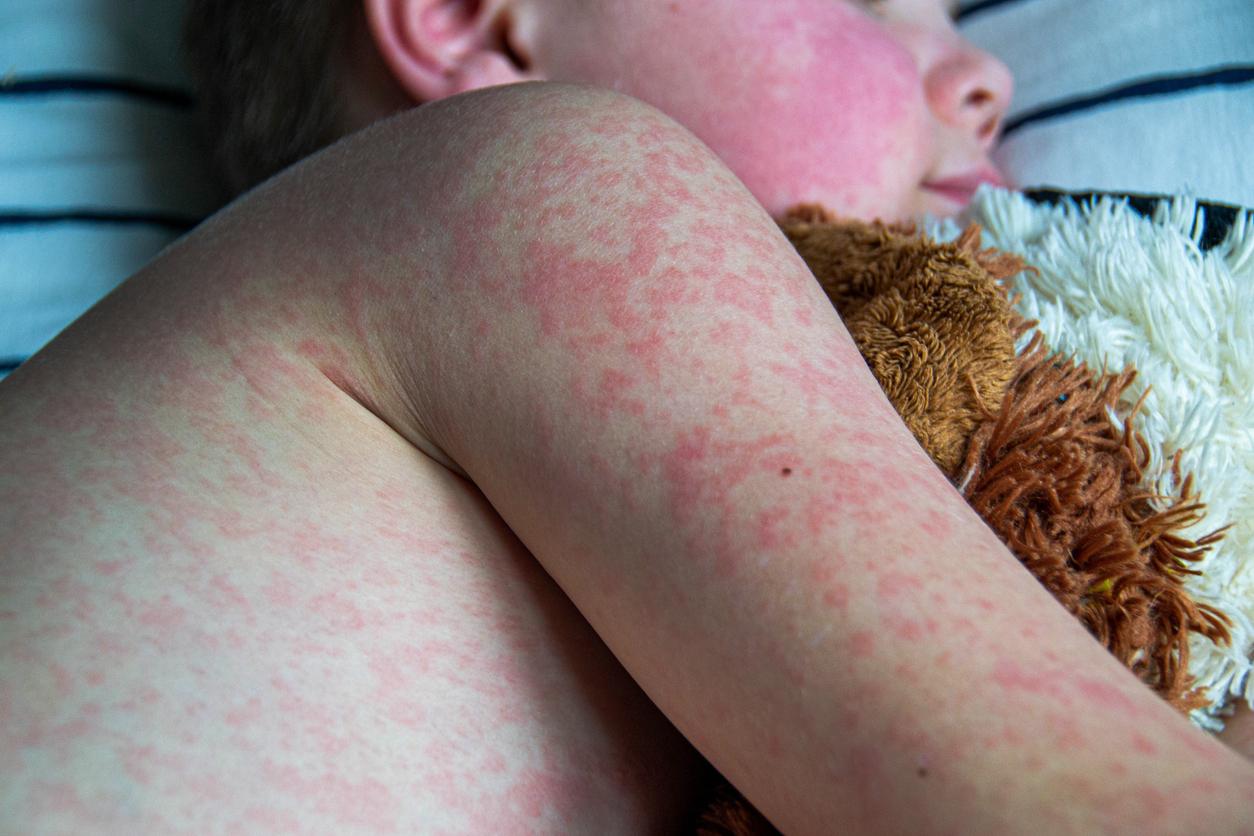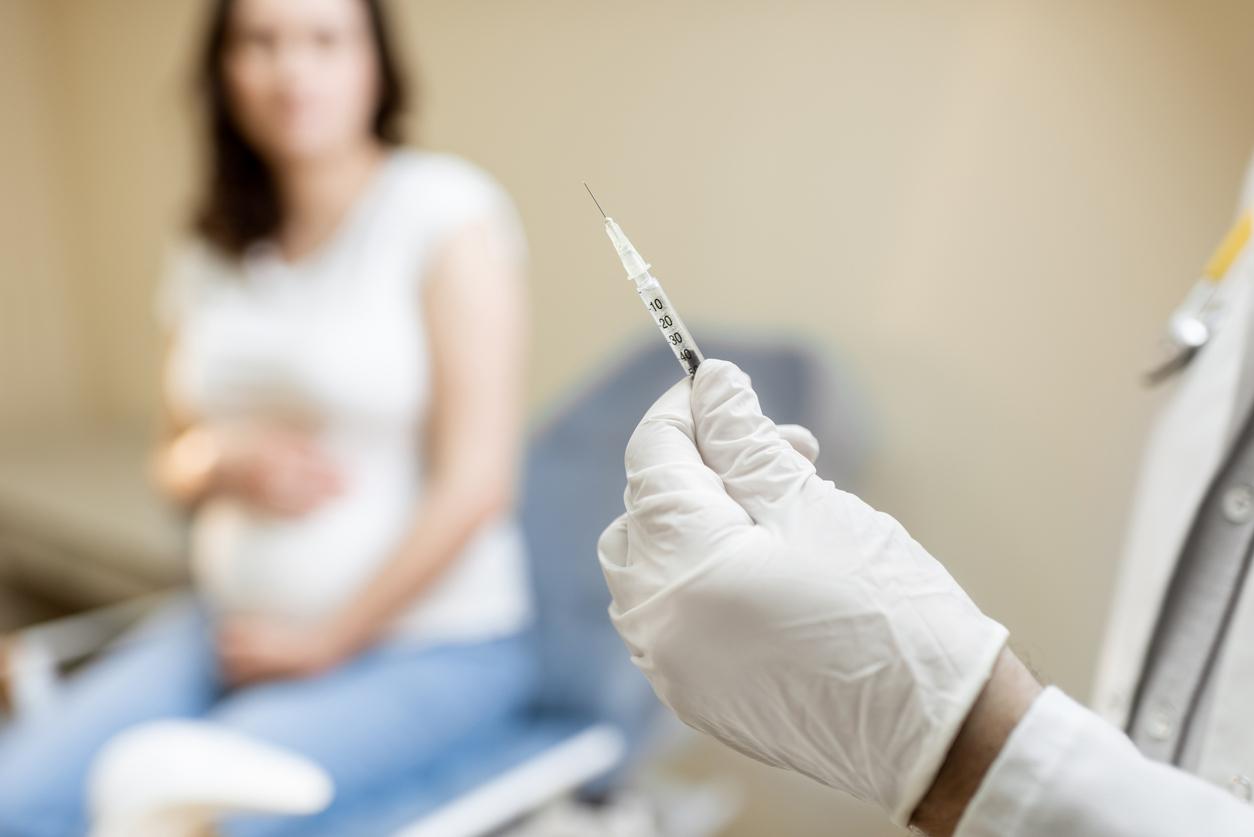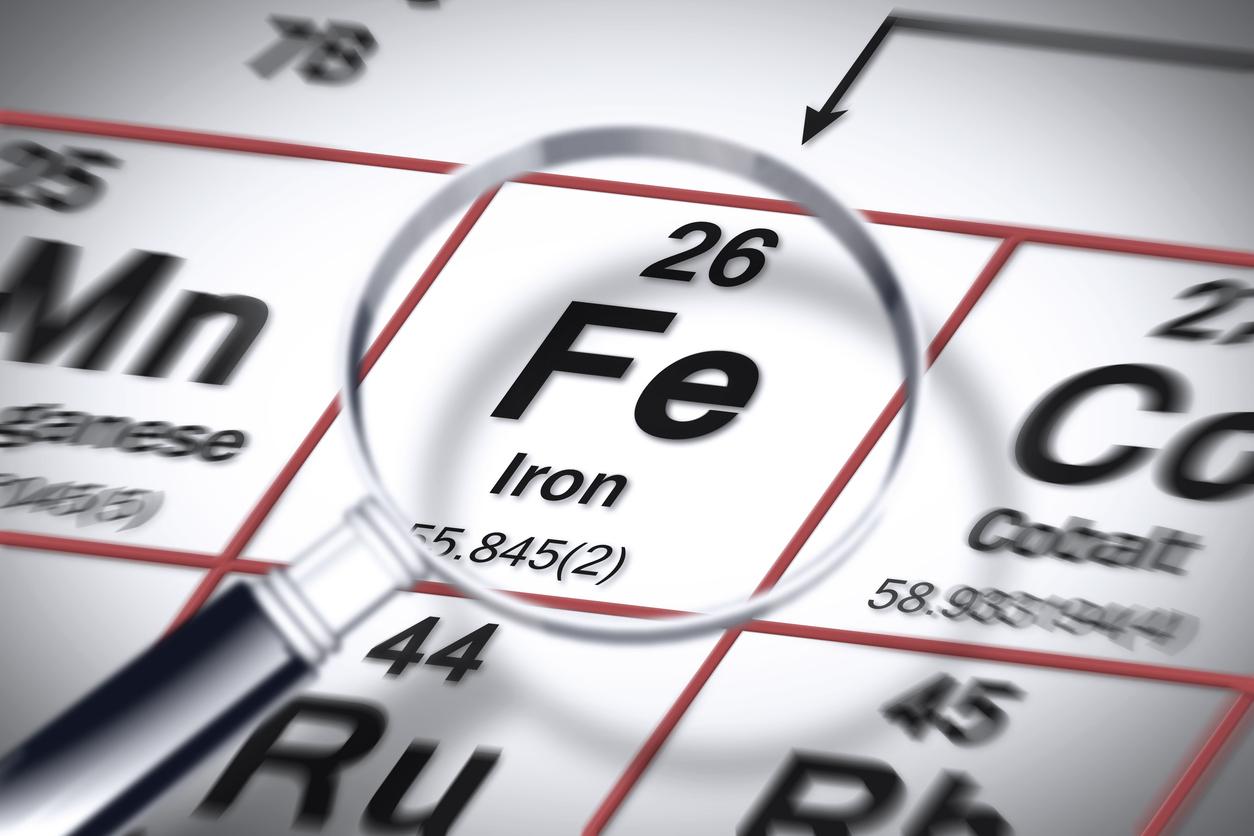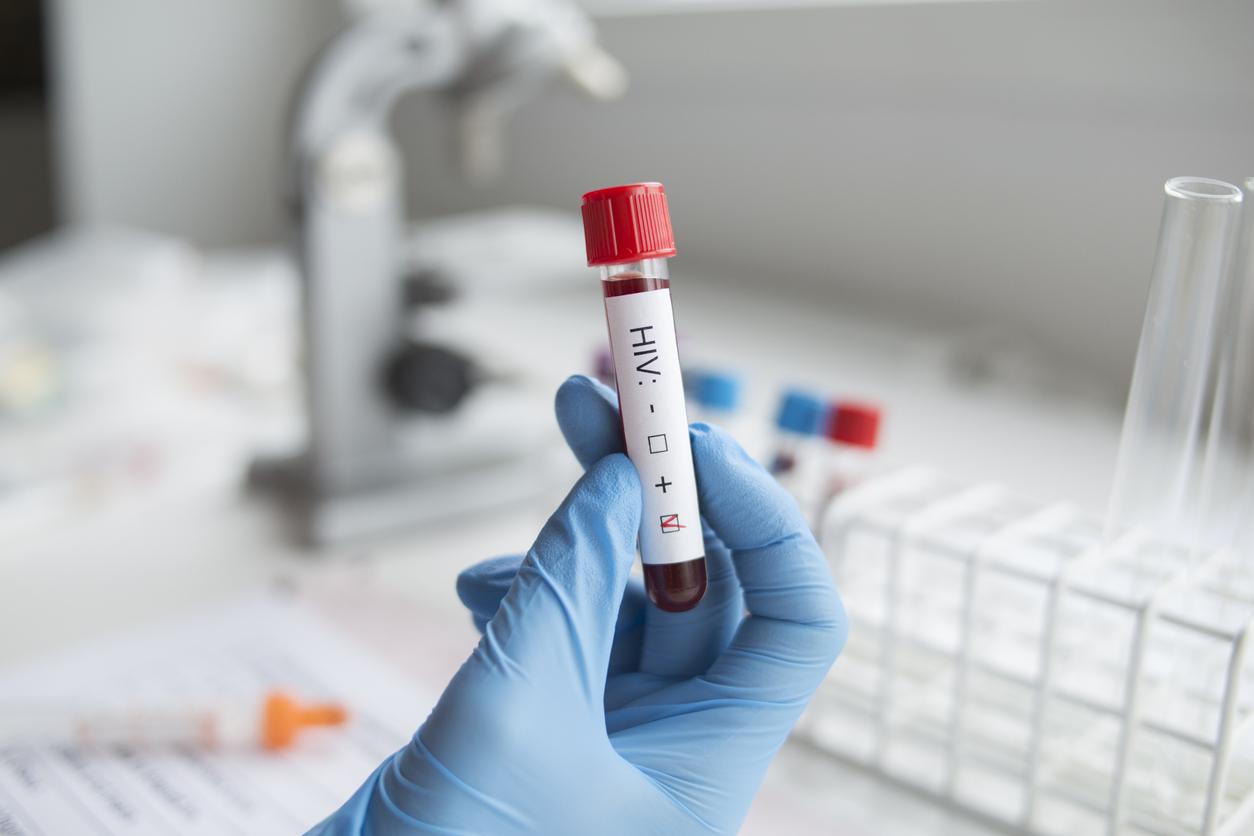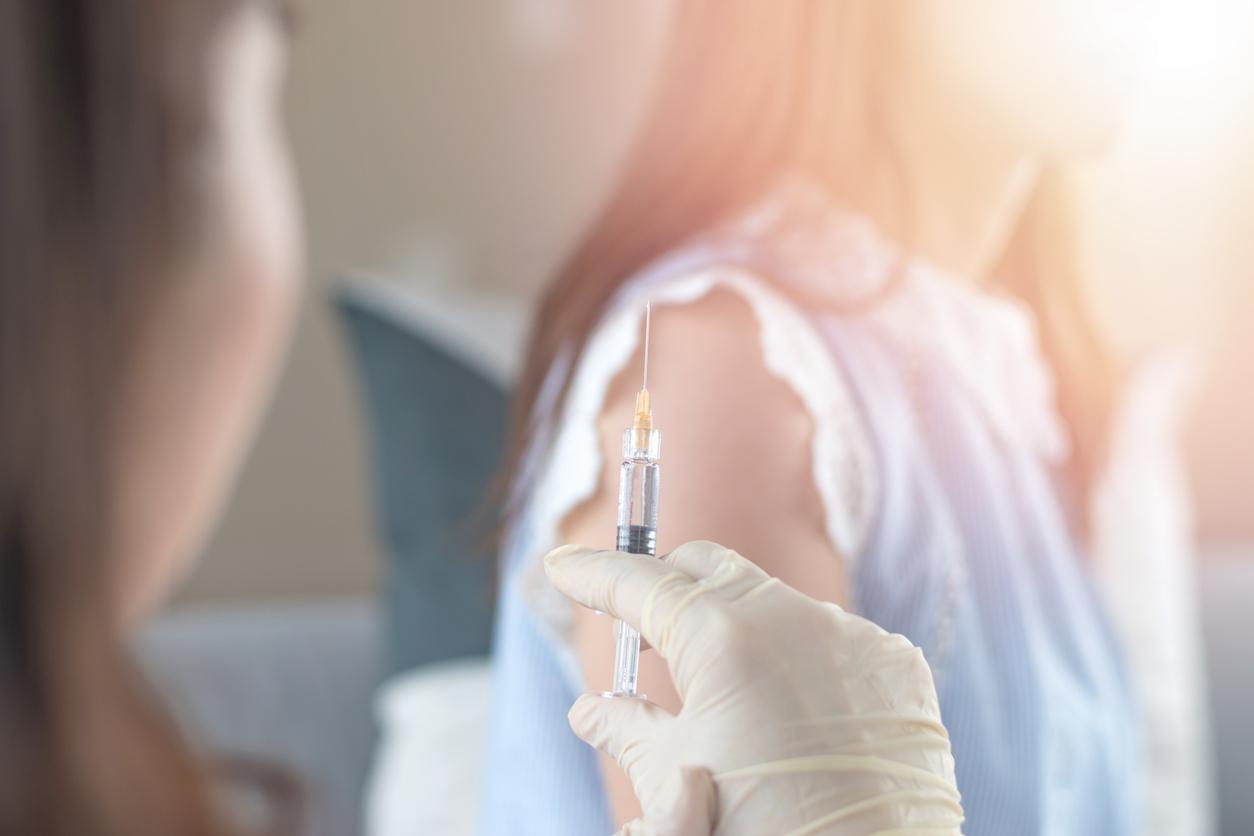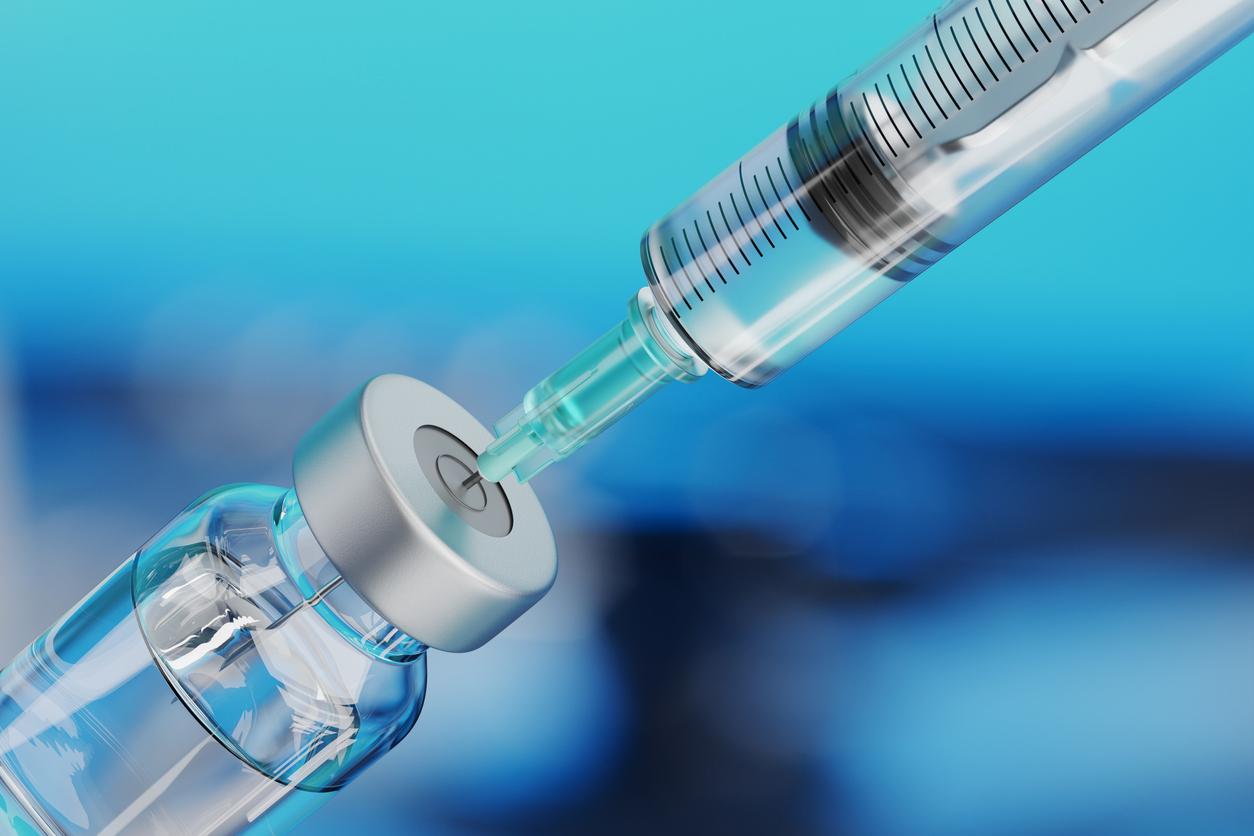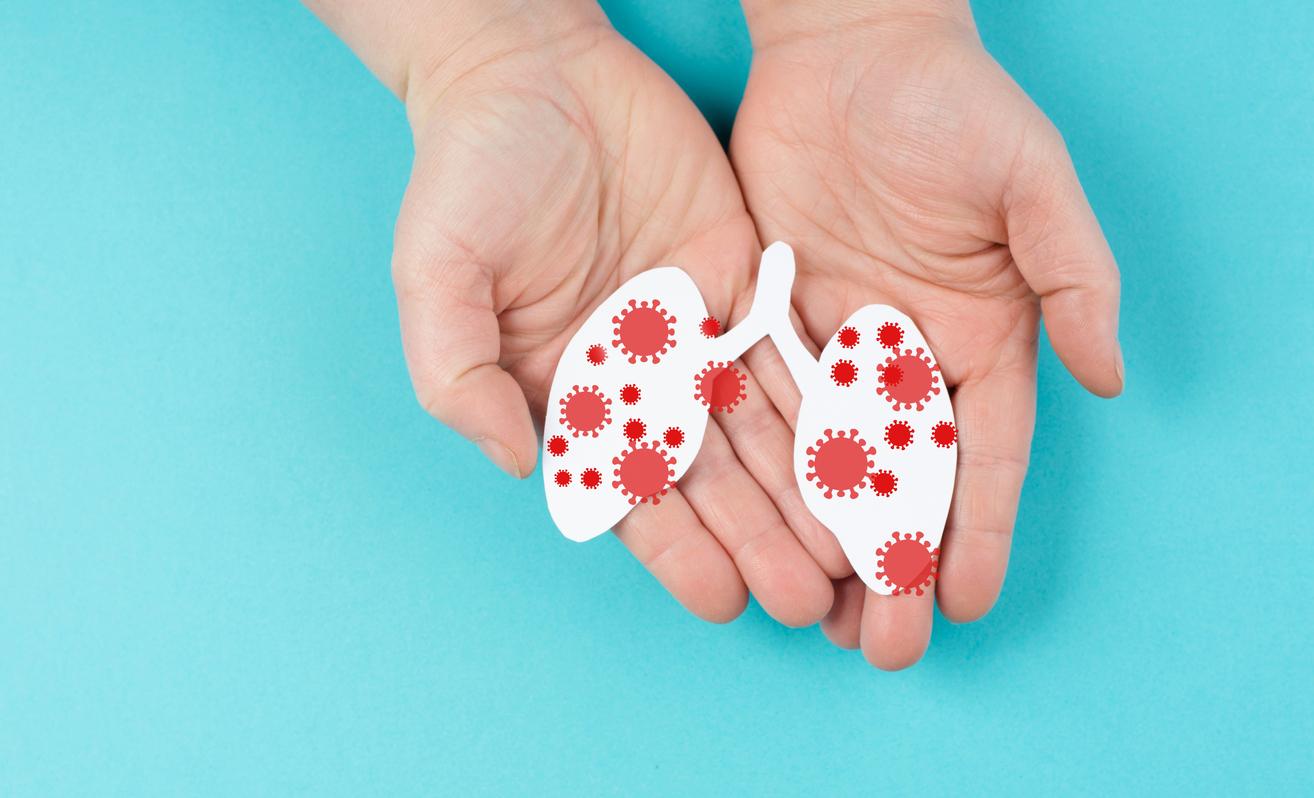The Biosantech laboratory accuses the CNRS of blocking its research on a curative vaccine against HIV. The CNRS denies it.
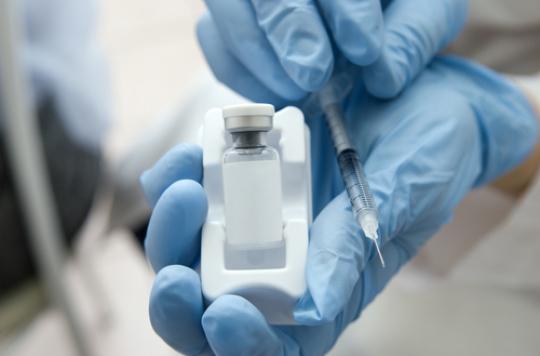
It is an unconventional communication operation that the Biosantech laboratory is engaged in at the beginning of March. At the origin of a vaccine candidate against HIV, the company of Sophia-Antipolis (Alpes-Maritime) claims to be blocked by the National Center for Scientific Research (CNRS). The two organizations collaborated in a phase I / IIa (1) clinical trial, which is now closed.
Biosantech had planned to communicate on its results on February 28. But the press conference was canceled. One of the investigators attached to the CNRS did not receive authorization to participate. The very media company is outraged by it in 20 minutes.
Two different echoes
“We have never been so close to the goal, only here, this research is today cut by the decision of the CNRS”, complains Corinne Treger, founder of Biosantech. The nature of this decision? Erwann Loret, researcher at the National Center, was asked not to participate in the press conference planned by the laboratory. Information confirmed by the CNRS at Why actor.
The founder of Biosantech accuses the institution of playing for time. “The vaccine license will return free of charge to the bosom of the CNRS,” she said in 20 minutes. This is a whole different story from the national scientific establishment.
“The CNRS is not aware of any clinical trial continuation project,” explains the institution. To date, the Biosantech company holds a patent license giving it authorization to use the technology. There is no longer any formalized co-development relationship between the CNRS and this company. If the researcher is authorized to communicate at congresses, speaking at a press conference is a whole different matter.
Controversial communication
Difficult to define the purpose of this press conference, but it was undoubtedly aimed at praising the results of this vaccine candidate. In the columns of Provence, Erwann Loret delivers enthusiastic data to say the least. “The most remarkable result is that cells infected with HIV are no longer detectable in ten patients,” he reports.
The clinical trial involved 48 HIV-positive patients (see box). The regional daily indicates that two patients have even started a retro-seroconversion – a return to seronegativity. This is also the conclusion brought by Erwann Loret during the conference Vaccines and Immunization, which was held in Berlin (Germany) on February 20 and 21.
But it is the communication of Marseille society that is embarrassing, more than its scientific approach. Accustomed to shattering statements, Corinne Treger has already multiplied public interventions, without being supported by scientific publications. “I have no time to waste! »She declared on France Info in 2015.
The company ended up publishing the findings of its clinical trial in the journal Retrovirology… But communicated about it several days before. From there to think that the boss of Biosantech is trying to defend her investments and advance her pawns towards a phase IIb clinical trial – as she wishes – there is only one step. Contacted by Why actor, the company has not yet issued a response.

A curative vaccine candidate from Marseille
Eliminating HIV permanently from the body of an HIV-positive person is like the holy grail of virology. Many teams are trying to find a definitive curative solution – including several vaccines. The vaccine candidate developed by Biosantech, TAT-OYI, is one such hope.
The product targets the TAT protein, expressed by different strains of HIV, which prevents the immune system from eradicating so-called reservoir cells. Biosantech’s clinical trial is promising in this regard, since it reduced the viral load of several volunteers and even caused the retro-seroconversion of two of them.
Erwann Loret, CNRS affiliate investigator, sees further. “We will, with the Medicines Agency, offer these two patients who have resumed triple therapy to stop their treatment, under medical supervision,” he explains in Provence. It will take another two years without a detectable viral load to talk about a cure. The researcher is also considering setting up a Temporary Authorization for Use (ATU) with a target of 10,000 doses for a first batch.
(1) A phase I / IIa clinical trial is intended to assess the impact of a first administration in humans. The combination of the two stages makes it possible to evaluate the safety of the product under test as well as its efficacy at a given dose. These trials usually involve a small group of patients.
.










